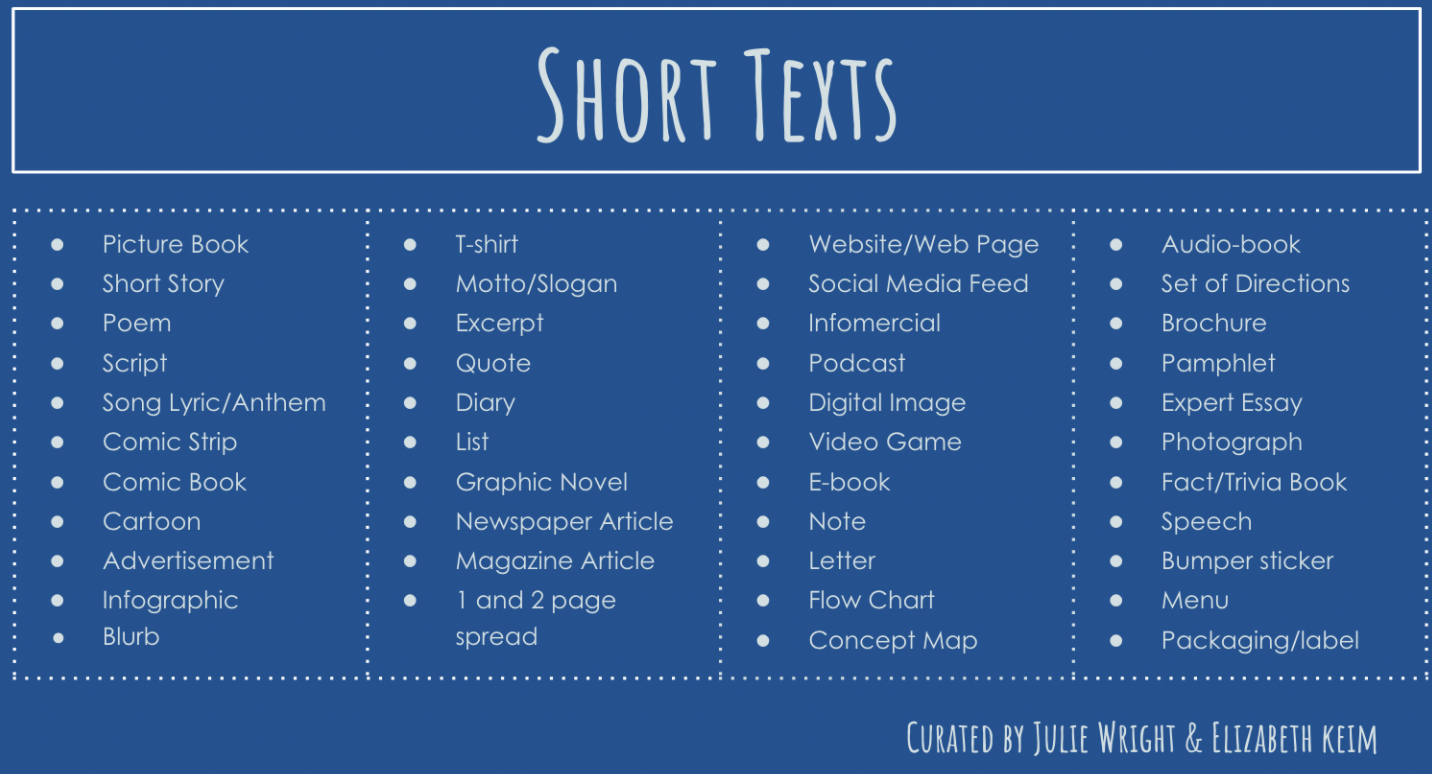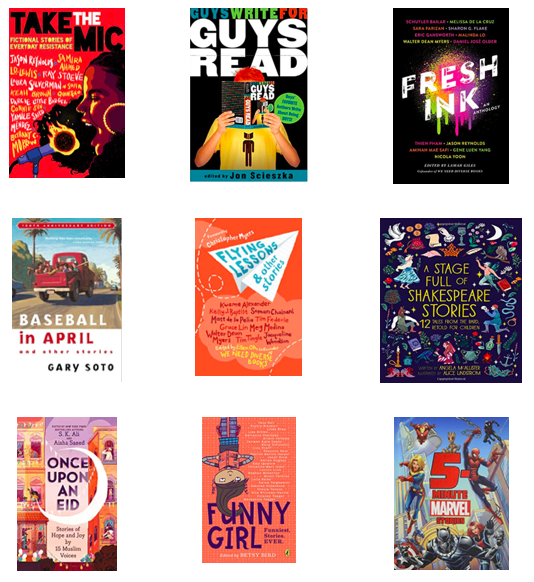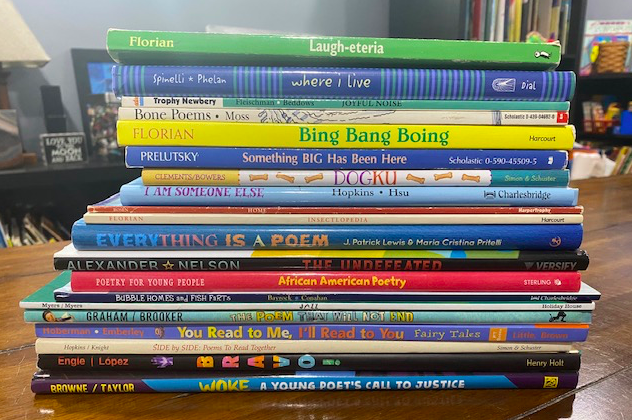A SHORT TEXT SET AT YOUR FINGERTIPS: CELEBRATING WOMEN
Written by Julie Wright & Elizabeth Keim
This short text set celebrates women. March is Women’s History month and it seems fitting - although we like to celebrate women all year long!
Short text sets can be used to celebrate a certain group of people, especially a group that has been marginalized in the past, like women. It can highlight accomplishments – in this case the Women’s Rights’ Movement – or anything else that makes these individuals unique and worthy of study.
In the summer of 2020 a statue was unveiled in New York’s Central Park. 14 foot-tall and made of bronze, it depicts Sojourner Truth, Susan B. Anthony and Elizabeth Cady Stanton. The monument is the first sculpture of real women (there are some fictional figures) ever erected in the Park’s history. Of the 5,193 public statues depicting historical figures in America, only 394 are of women.
TRY THIS
Step 1
Print or project a photo of the Statue - this photo is a short text! Here is one you could use, but there are lots of examples out there so find one you like.
Statues often represent individuals worth remembering. Ask some questions to get the discussion rolling about who these women are and why we should honor and remember them:
Who are these women?
Can you tell anything about these women by just looking at them? Look closely at their clothes, and the other things the sculptress chose to show
When did they live?
Step 2
The story of the effort that went into getting this historic statue erected is a fascinating one. The Story from Smithsonian Magazine is a great short text for you to read aloud or one that older students can read in a small group or independently.
Step 3
Let’s get to know these three fascinating women. There are lots of ways to do this. For example, read some of the wonderful short biographies about Stanton, Anthony and Truth (see the resources below) and:
Report on these women to the rest of the class. Divide your group/class into three and each group could read about and then “report” to the rest about the woman they studied
Read a picture book about each one
Or a short biography (there are So many to choose from!)
Listen to a podcast (or two) about these courageous women
“American History Tellers” and “The History Chicks” are two we like (Please note: they are geared to adult listeners). There’s a new podcast based on the “Who Was” series that is just for kids. Hopefully these women will be featured on it in the future.)
Study some of these women’s words:
“Truth is powerful and it prevails.” Sojourner Truth
"Organize, agitate, educate, must be our war cry." Susan B. Anthony
“The best protection any woman can have... is courage. ..” Elizabeth Cady Stanton
Step 4
If your goal is to increase reading volume and/or give students an opportunity to write about this topic, consider:
Reading more about The Women’s Suffrage Movement
Listing the other women who should be celebrated
Writing about a woman who deserve to be celebrated and why you believe there should be a statue erected to honor her
Writing from the perspective of one of these women. Perhaps a letter from one to the other
GOING DEEP & WIDE
Looking for more titles and short text types that add to and expand your text set? Check out these titles:
STAY TUNED!
More about short texts and short text sets coming soon!

























